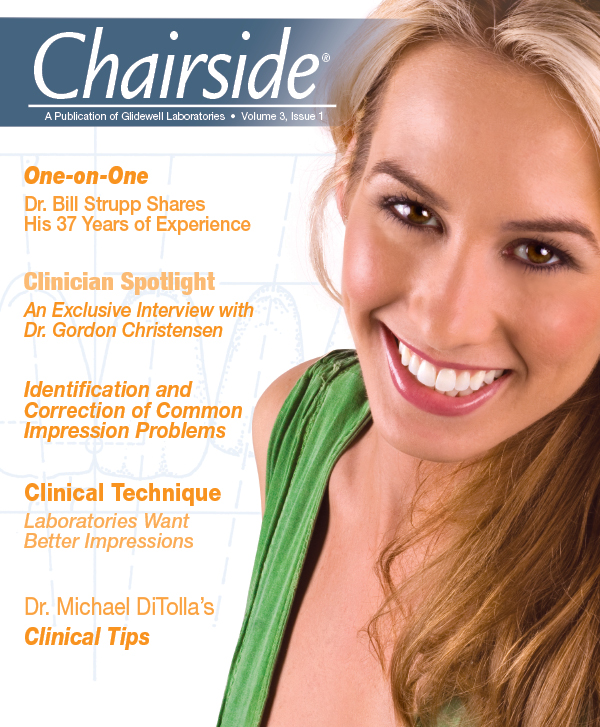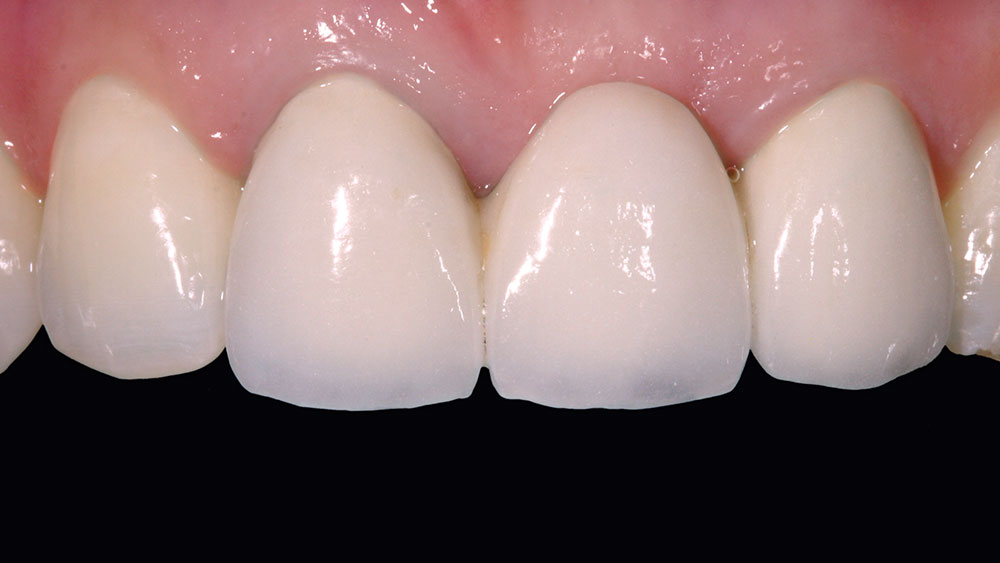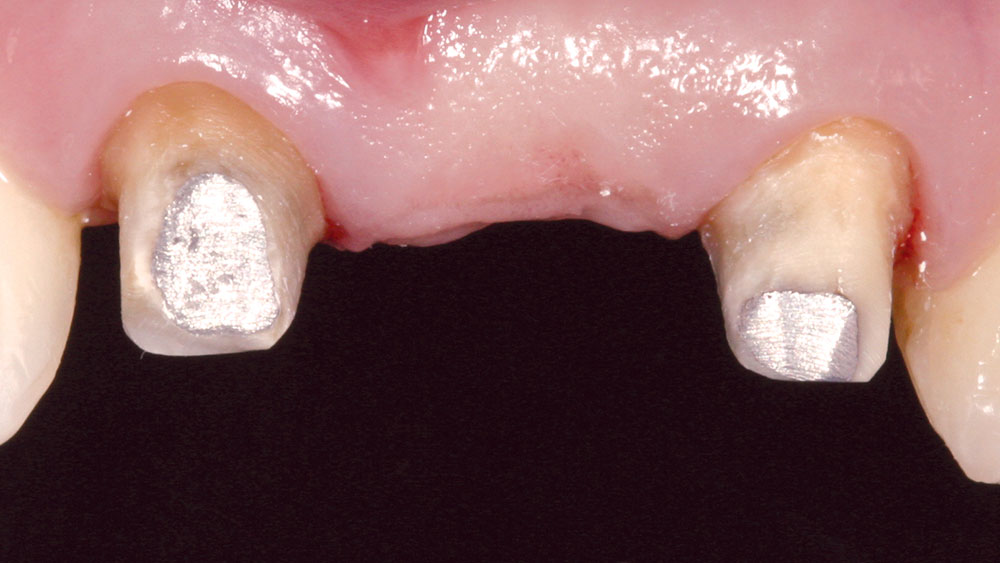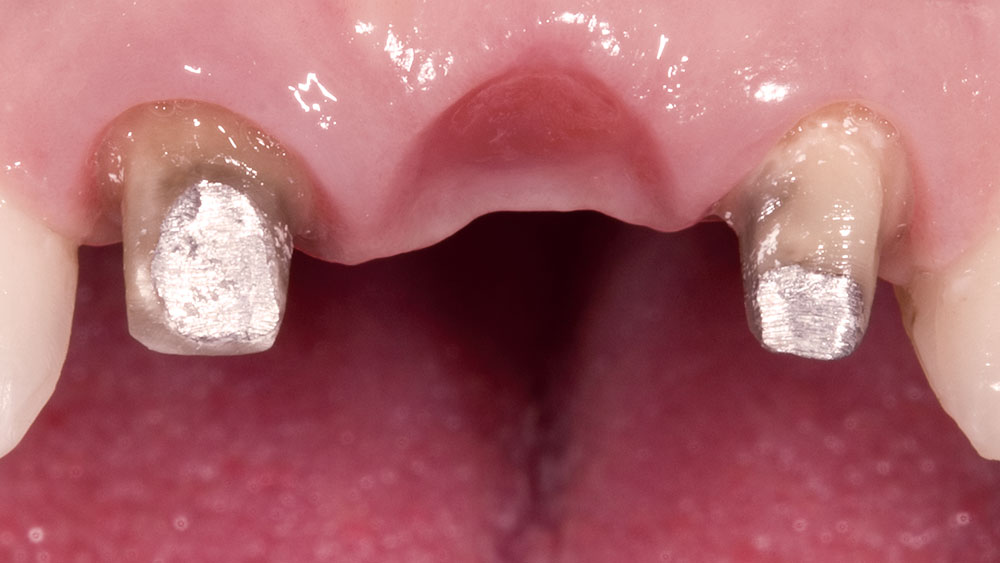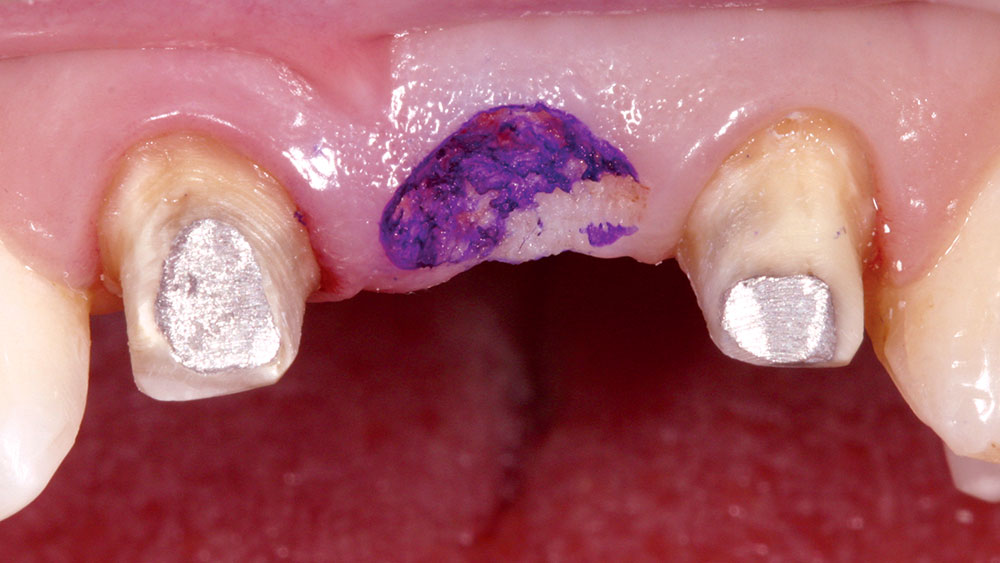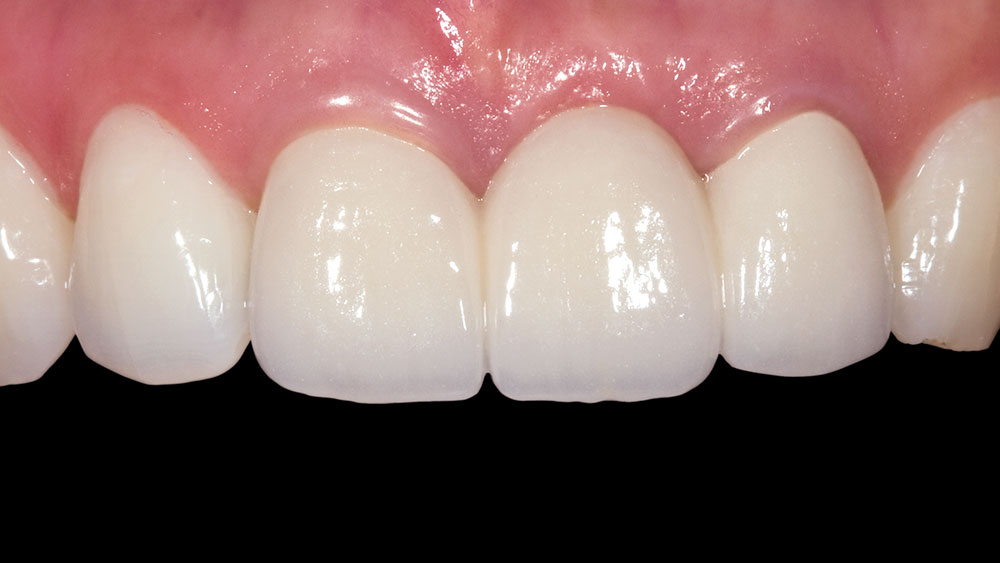Dr. DiTolla’s Clinical Tips – BioTemps®
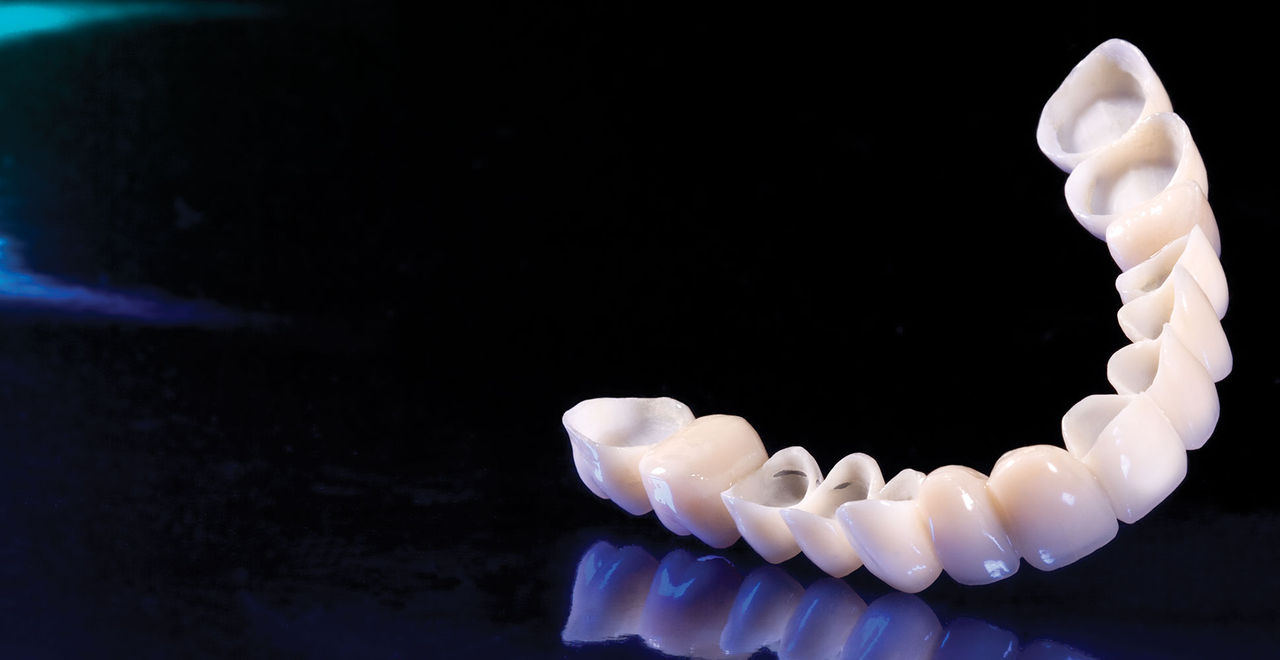
PRODUCT:
BioTemps®
SOURCE:
Glidewell Laboratories
Newport Beach, Calif.
800-854-7256
glidewelldental.com
In my opinion, BioTemps® may be the most versatile restoration available in dentistry today. This is surprising considering that it is a provisional restoration, but provisionals play such a big role in managing clinical situations to ensure success with our final restorations. From tissue recontouring to ovate pontic development, BioTemps are the ideal soft tissue template for shaping gingival tissues to match your esthetic needs. From restoring vertical dimension to withstanding months of periodontal therapy, you won’t find a better long-term provisional on the market. A few of the reasons I like to use them are:
BioTemps improve your productivity, allowing you to accomplish more dentistry in a single visit due to decreased time spent fabricating provisionals.
BioTemps improve your staff’s efficiency. When you consider that staff is your number one expense in your office, anything you can do to make them more efficient is well worth the investment. BioTemps allow you to delegate more to your assistants with confidence. Many dentists hurt their profitability by insisting on making all of their temporaries. With the superior quality of BioTemps, you can trust your assistant to fabricate a superior temporary while you are in another operatory seeing another patient.
BioTemps give dentists and staff, including hygienists, confidence to recommend large anterior crown and bridge cases without hesitation. It is much easier to recommend a treatment plan when your staff knows that the patient will be thrilled with both the provisional and permanent restorations. Never again will a patient leave your office in tears when they see their anterior provisionals.
Ovate Pontic Formation with BioTemps
This 31-year-old female patient presented with a PFM bridge from #8–10 with open margins on both abutments. She complained that food constantly got caught underneath the modified ridge lap pontic. It was decided to place a new PFM bridge with an ovate pontic. When the old bridge was removed, the faciolingual width of the ridge was measured to see if there was enough space for the ovate pontic, and in this case there was. If the ridge has collapsed on the facial due to a traumatic extraction, an ovate pontic is often not possible. A color transfer applicator was used to mark the tissue side of the BioTemps pontic, and the bridge was tried into place, leaving a mark in the correct position for the ovate pontic receptor site. A Waterlase® YSGG laser (BIOLASE Technology Inc.; Irvine, Calif.) was used to remove the marked tissue. The BioTemps bridge was tried in again to continue marking the tissue. When the BioTemps bridge would seat completely, enough tissue had been removed. The BioTemps were then cemented and the area was allowed to heal for 6–8 weeks.

